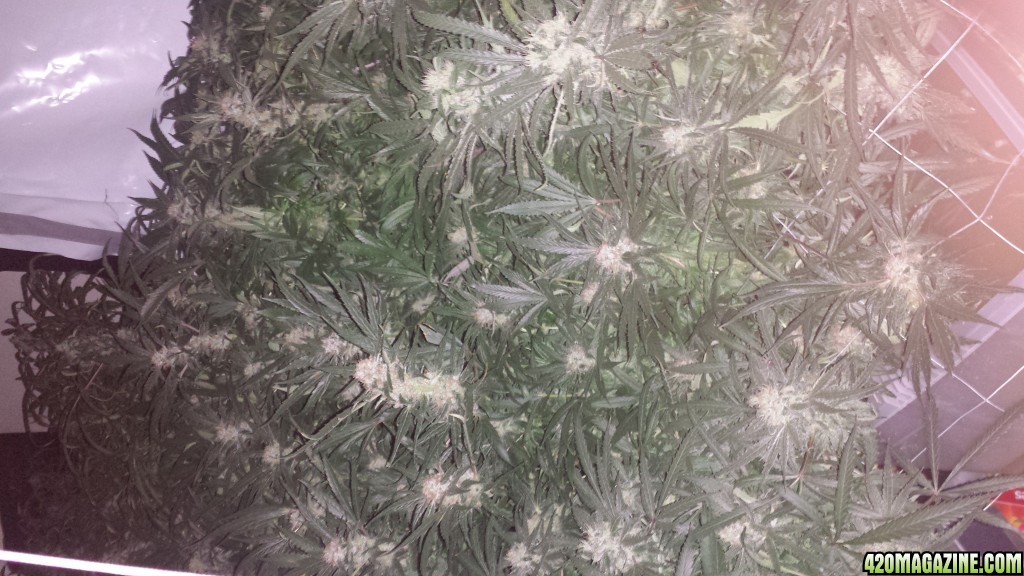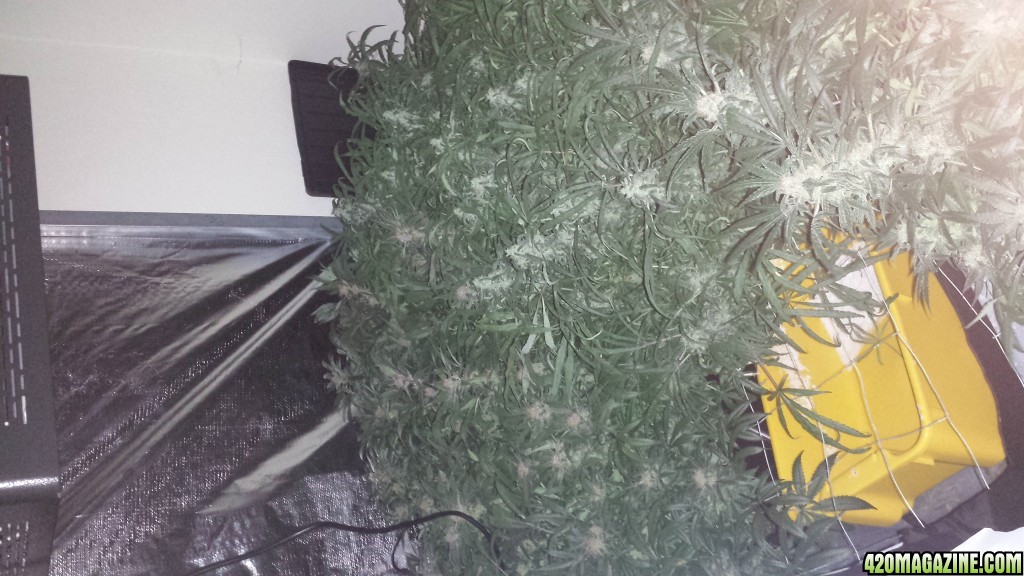If its a water tester which I think it is then no thats not best to do. If you need to check soil pH which you dont really, then get some soil out of your pot mix it into some water and let it sit for an hour then test that. But run off will probably be best like your doing.
Personally I dont pH soil grows only coco run off grows and the feed before I water it. If you really are going to pH soil then just Ph your feed first, that should sort it out.
Personally I dont pH soil grows only coco run off grows and the feed before I water it. If you really are going to pH soil then just Ph your feed first, that should sort it out.








